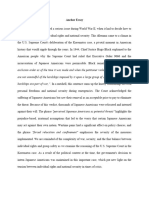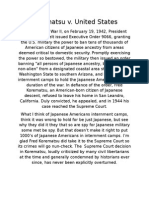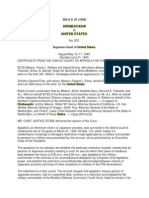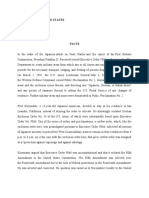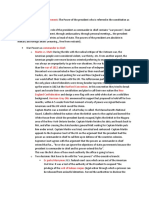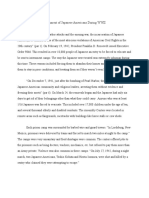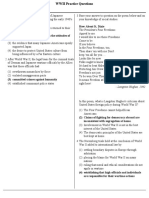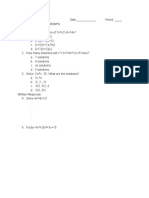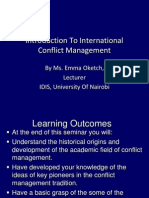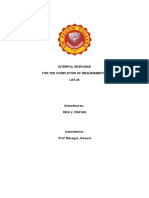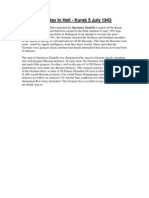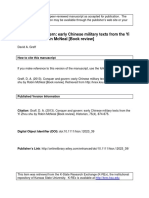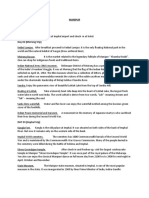0% found this document useful (0 votes)
195 views18 pagesFinal Apush Project
This document outlines instructions given to Japanese Americans on the West Coast following the bombing of Pearl Harbor and the issuance of Executive Order 9066. It notified them that they were required to voluntarily evacuate military areas and temporarily live in relocation centers, and it warned that failure to comply could result in imprisonment or other punishment. The document institutionalized the racial discrimination and violation of civil liberties that resulted from the mass internment of Japanese Americans during World War II.
Uploaded by
api-363325485Copyright
© © All Rights Reserved
We take content rights seriously. If you suspect this is your content, claim it here.
Available Formats
Download as PDF, TXT or read online on Scribd
0% found this document useful (0 votes)
195 views18 pagesFinal Apush Project
This document outlines instructions given to Japanese Americans on the West Coast following the bombing of Pearl Harbor and the issuance of Executive Order 9066. It notified them that they were required to voluntarily evacuate military areas and temporarily live in relocation centers, and it warned that failure to comply could result in imprisonment or other punishment. The document institutionalized the racial discrimination and violation of civil liberties that resulted from the mass internment of Japanese Americans during World War II.
Uploaded by
api-363325485Copyright
© © All Rights Reserved
We take content rights seriously. If you suspect this is your content, claim it here.
Available Formats
Download as PDF, TXT or read online on Scribd
/ 18



